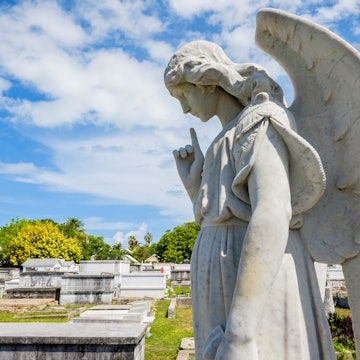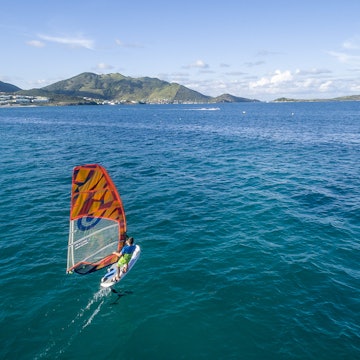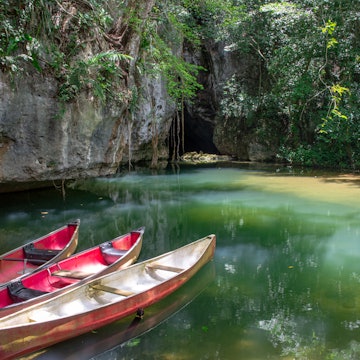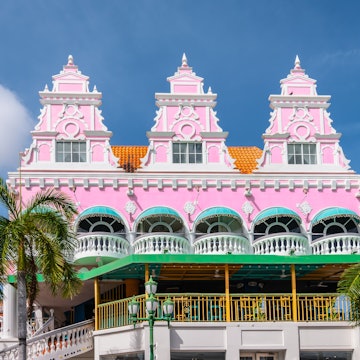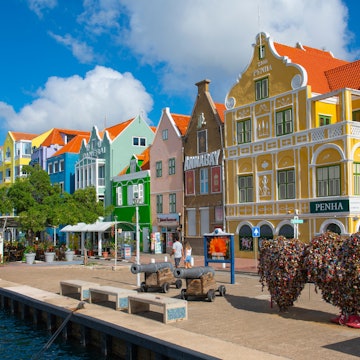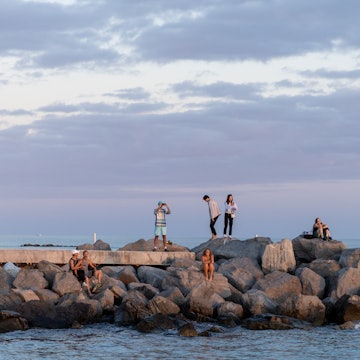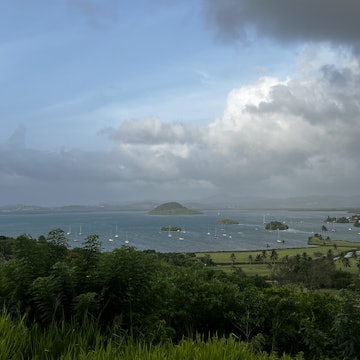

Pick the right time for your visit to Everglades National Park with this seasonal guide © Douglas Rissing / Getty Images
When you decide to go to Everglades National Park can make a world of difference.
While there may be a number of widely recognized “seasons” in Florida – such as snowbird season (October to April), when the Sunshine State is inundated with tourists seeking warmer temps – it’s pretty cut-and-dried within the park itself.
Actually, it’s pretty wet and dry. There are two official seasons at this whopping 1.5-million-acre wetlands preserve: the wet season (May to November) and dry season (December to April). And from crowds and wildlife to mosquitos and the price of activities and lodging outside of the park, you’ll notice the difference.
Plus, as the broader Everglades can be in the eye of hurricanes stemming from the Gulf of Mexico and Atlantic Ocean, there is a time of year when you’ll need to stay vigilant while exploring the largest subtropical wilderness in the US. As you balance the elements, these are the best times of year to visit Everglades National Park.
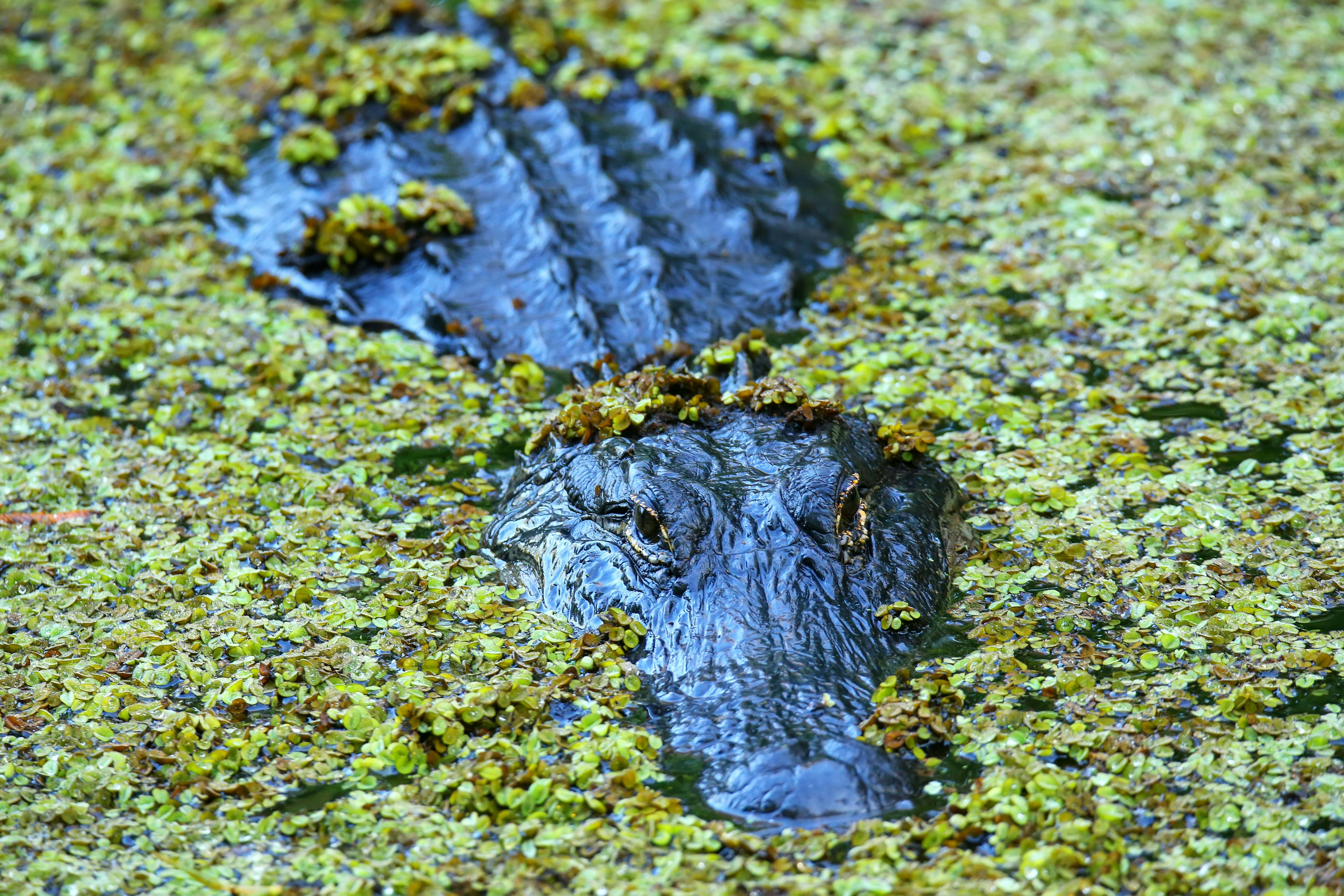
Dodge the mosquitos and heat during the dry season in December to April
The dry season is the prime time to visit Everglades National Park. On the wildlife front, less rain makes for smaller pools of water for some of the Everglades' most beloved critters – crocodiles, alligators and wading birds among them – to take a dip. This means the animals are less submerged, often found plopped in the water or waiting nearby for a chance to splash. Less standing water also means fewer mosquitos, which are particularly aggressive and pesky during the park’s wet season.
Climate-wise, thunderstorms are scarce, and you can count on highs pleasantly above 70°F (21°C) with lows dipping below 60°F (15.5°C) on some nights. All of the elements make for pleasant camping conditions at the likes of frontcountry options such as Long Pine Key Campground and Flamingo Campground. Just make sure to reserve weeks, if not months, in advance.
Crowds are larger during this time frame compared to others, particularly along visitor favorites like the Shark Valley bike and tram trail or gator-draped Anhinga Trail near the park’s Homestead entrance. Arrive as early as possible where you can; for Shark Valley, the area opens at 8:30am and the Homestead entrance is open 24 hours a day.
For ranger-led tours, the dry season is the time to experience the full spectrum of programming at Everglades National Park. For example, from December through March, a popular option is the bike hike from the Ernest F Coe Visitors Center in Homestead, during which a ranger guides folks into the wetlands where gators and white ibis often abound. The tour includes helmets, water and yes, a bicycle.
Be ready for your trip with these 12 things to know before visiting Everglades National Park

May through August is wet season and the best time to beat the crowds
May officially kicks off the wet season in Everglades National Park, but it’s not super-wet just yet, averaging six days of rain (which, much like the rest of South Florida, can equate to a light afternoon thunderstorm for approximately 30 minutes). Temperatures generally remain pleasant too, with highs of around 85°F (29°C), so if you’re looking for that happy medium between smaller crowds and livable temps, May is arguably the best month.
The heat and humidity turn up in the June-through-August stretch, making for a very muggy and swampy experience. If you are accustomed to a drier climate, prepare for a nonstop sweat-fest, with high temperatures around 90°F to 95°F (32°C to 35°C) and daily thunderstorms.
With the mugginess, crowds are much more sparse than during the dry season. Do keep an eye on ranger-led programming, like starlight walks along the Anhinga Trail or tours of the Nike Missile Site, as the bulk of the official tours are only available during the dry season.
There are other perks to visiting during this time. The rains bring a fuller, lusher vibe to the Everglades landscape – the greenery and flora pop. This is the season to see a hearty selection of the park’s nearly 40 orchid species come to life, as well as the native bromeliads, which mimic a mix of a pineapple and Spanish moss. With the waterways more full, this is also the season for additional kayaking and paddling options, like the Sandfly Island Loop and Turner River near Everglades City.
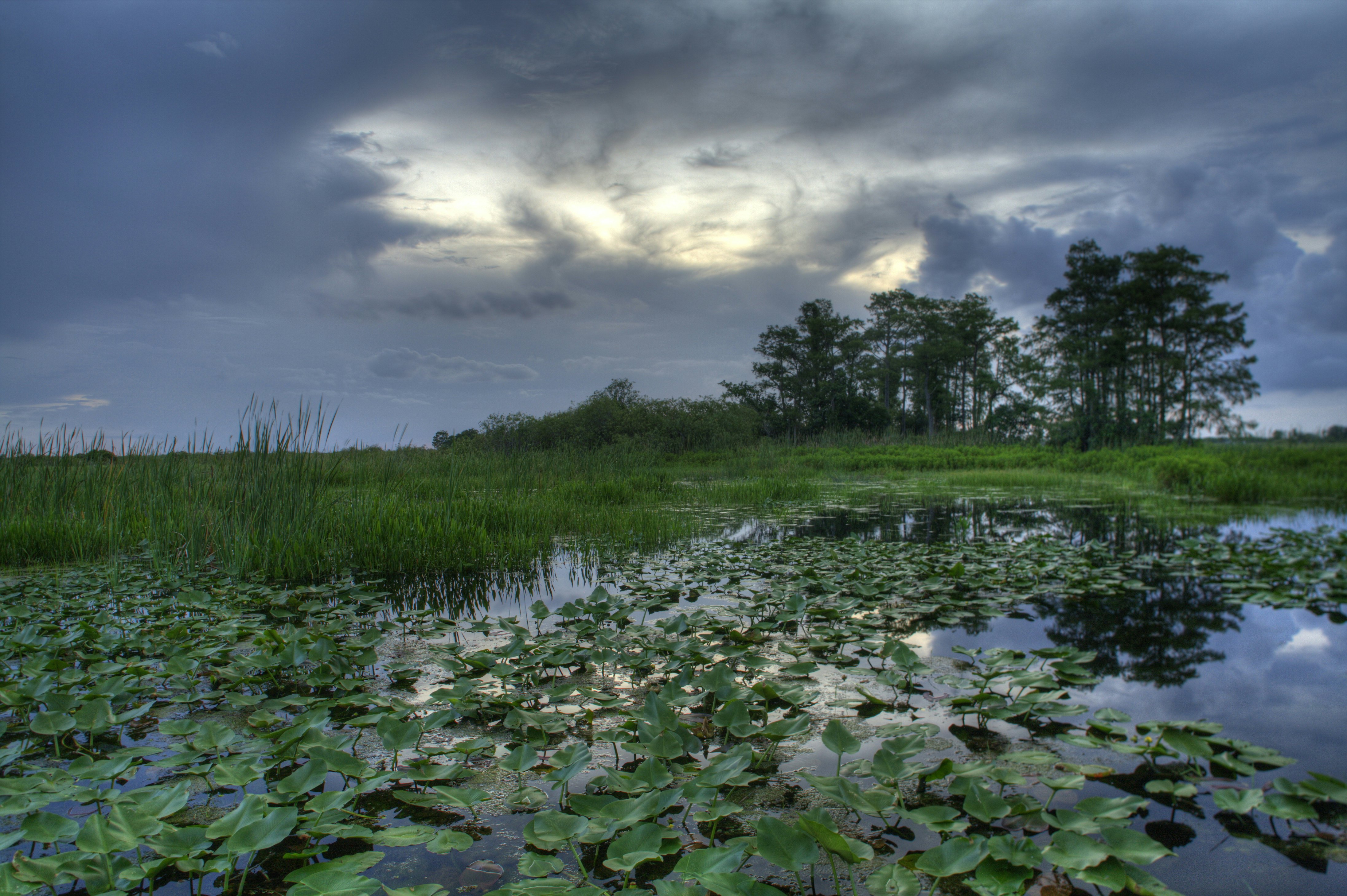
Get good deals in September through November, but hurricanes are a risk
High temperatures begin to inch back down in September, with the mercury typically above 85°F (29°C), reaching 80 to 82°F (26 to 28°C) by November. The humidity equally subsides.
Whereas the everyday climate is much more pleasant than the core of summer, there are hurricanes to monitor. The Atlantic hurricane season is officially June through November, with September being the peak month for activity throughout South Florida, the Caribbean and adjacent regions. So if you’ve booked a trip months – or even days, really – in advance, a last-second storm could interfere.
With this weather-driven risk, the broader South Florida region is typically less full of tourists, and you can snag attractive deals nearby. So for hotel deals in Miami, Fort Lauderdale, West Palm Beach, the Florida Keys and Naples before the influx of snowbirds, this is the time.
Keep planning your trip to Everglades National Park:
Add these experiences to your itinerary
Get up close with nature on these hikes
Take a road trip to the park on these drives through Florida
Know these things before you go








